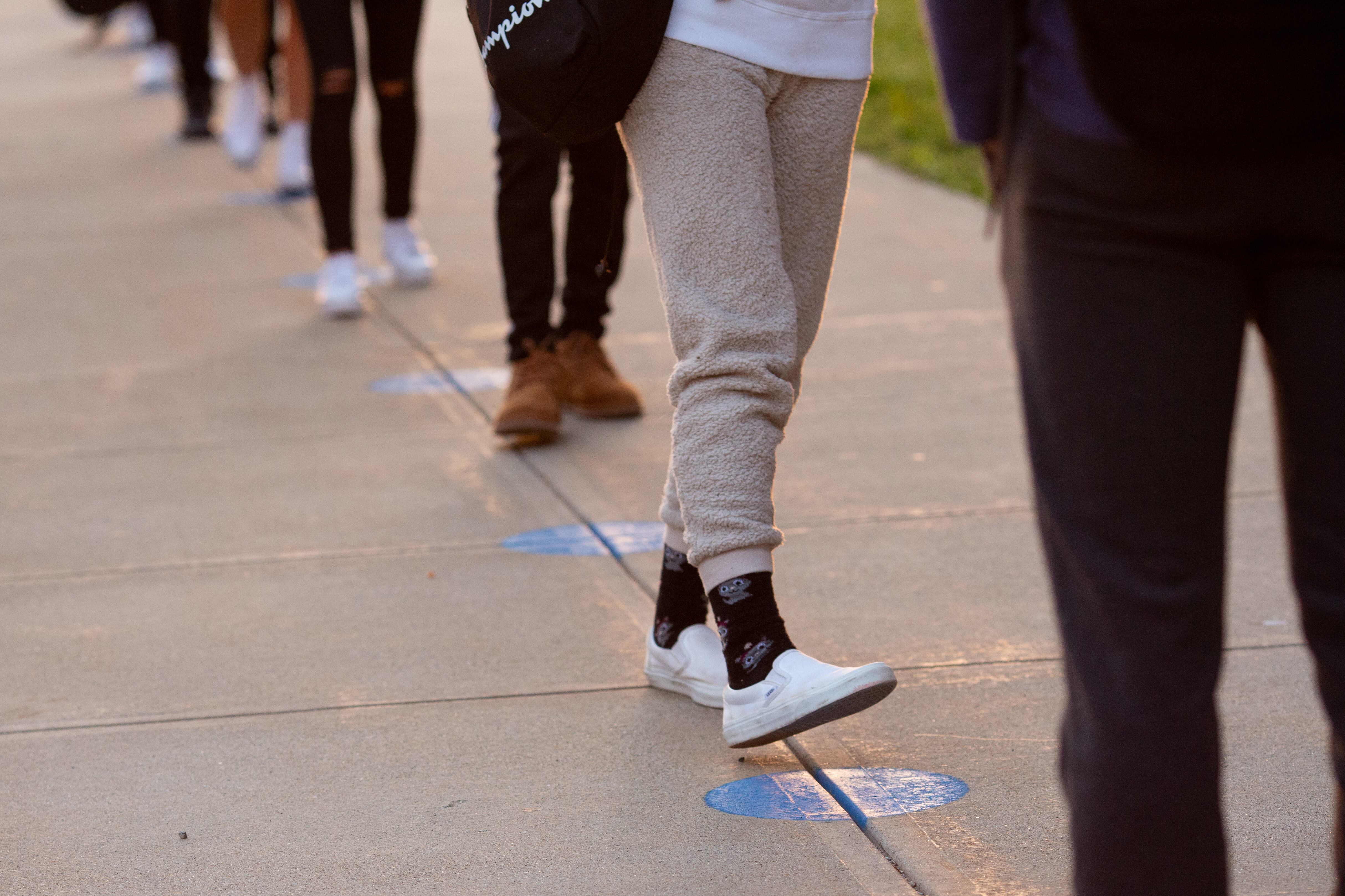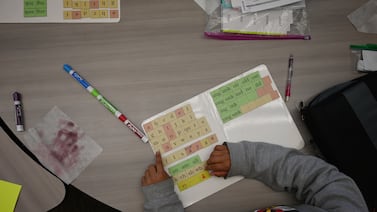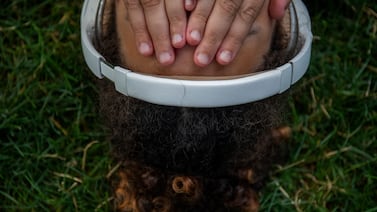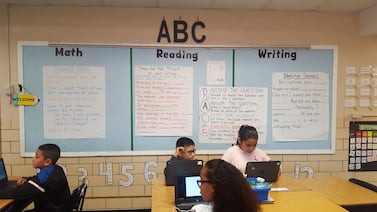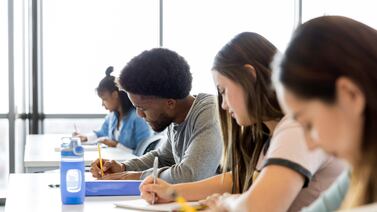As city officials plan to welcome all students back into classrooms this fall, they are ironing out space issues at the city’s most overcrowded schools, officials said Wednesday.
While “almost all” New York City public schools can accommodate their students five days a week under current social distancing guidelines, a number of schools “in the range of 10%” may have to use space outside of their classrooms, said Deputy Chancellor Karin Goldmark during a City Council budget hearing. That could mean using auditoriums and gymnasiums or turning to community-based organizations for help, officials said.
Currently, 3 feet of distancing between students is permitted inside elementary schools, except during meal times, per updated guidance that the U.S. Centers for Disease Control and Prevention released in March. The city’s middle and high schools are maintaining 6 feet, though the CDC has approved 3 feet of distance in these older grades so long as community transmission of COVID-19 is not considered high.
Some school leaders are already expressing concern about having enough space and staff to accommodate all of their students if social distancing requirements remain in place.
“For the small number of buildings where we have a capacity challenge, we’re working with each and every one of those buildings to develop a plan that will allow us to bring all of the children back,” Goldmark told City Council members.
Neither Goldmark nor department officials shared the exact number of schools with space issues or identified them by name. A department spokesperson said Goldmark was referring to buildings that have “historical spacing challenges,” indicating that these are the schools that are normally overcrowded.
Goldmark’s comments shed some light on one of the many planning challenges ahead, as the de Blasio administration pushes to bring all students back for in-person learning — including the more than 60% of children who are now learning from home full-time. Several variables remain, including what virus rates will be in the fall and the number of students and teachers who will get vaccinated.
Students 12 and over are now eligible to be vaccinated, and vaccine trials for younger children are currently underway.
Some big questions remain unanswered about next school year, including whether students will have an option to learn remotely full time. New Jersey recently announced that its schools would not be allowed to offer remote learning next year, while Washington, D.C., schools will make it available for families that can demonstrate a need to stay home.
Goldmark said that “most” of the schools with space constraints “are very close to being able to accommodate all of their students.” She suggested that the department could work with community-based organizations to solve these problems, but department officials declined to elaborate on what she meant.
“So with some creative problem-solving and some ally organizations, we’ll be able to figure it out,” Goldmark told Council members.
All of this could become a moot point if social distancing recommendations go away as COVID-19 transmission rates continue to decline and vaccination rates rise.
“Families should be reassured that there will be enough space to safely accommodate all students in-person for a full reopening in the fall,” Katie O’Hanlon, a department spokesperson, said in a statement. “Planning is well underway for the fall and we are closely following the evolving and improving health and medical guidance.”


